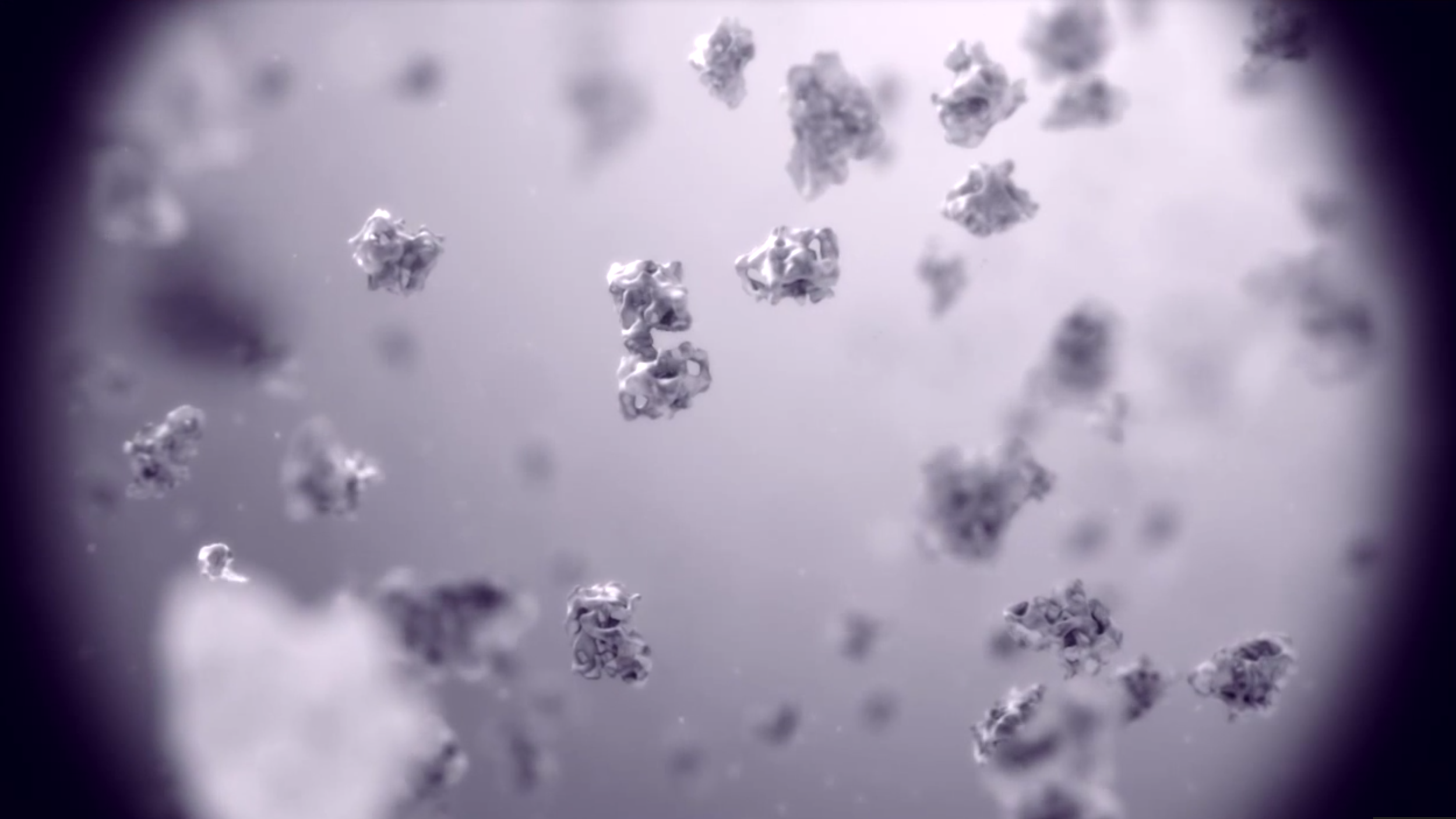Space-Grown Crystals May Help Crack Huntington's Disease (Video)

Scientists hope space-grown crystals of the protein behind Huntington's disease could help them better understand the deadly neurodegenerative disorder.
A novel experiment to study the so-called Huntingtin protein arrived at its orbital laboratory on the International Space Station on April 20 along with 5,000 lbs. (2,268 kilograms) of cargo delivered on board SpaceX's Dragon capsule.
When mutated, the huntingtin protein causes Huntington's disease, a hereditary illness that impairs muscle control and cognition. There is no cure for the disorder, which is typically diagnosed in mid-adult life. For now, Huntington's disease is "essentially a death sentence," Gwen Owens, a Caltech graduate student who designed the experiment, said in a video. [Weird Space Science on SpaceX's Dragon Ship (Infographic)]
To understand how proteins function, scientists often use a technique called X-ray crystallography, which allows them to peer at the molecular structure of the protein when it's in a solid crystal form. So far, researchers haven't had much luck creating crystals of the huntingtin protein on the ground, but Owens explained that crystals tend to grow more effectively in microgravity.
"On the ISS, we really hope to be able to finally get crystals that are big enough and perfect enough that we can solve the structure of the huntingtin protein," Owen said in the video.
If the experiment works, the huntingtin crystals will be brought back to Earth this fall to be studied in an X-ray crystallography lab.
SpaceX, a private company based in Hawthorne, Calif., launched the Dragon resupply ship toward the International Space Station on Friday (April 18) from Cape Canaveral Air Force Station in Florida using its own Falcon 9 rocket. The mission was SpaceX's third of 12 cargo delivery missions under a $1.6 billion contract with NASA.
Get the Space.com Newsletter
Breaking space news, the latest updates on rocket launches, skywatching events and more!
Follow Megan Gannon on Twitter and Google+. Follow us @SPACEdotcom, Facebook or Google+. Originally published on Space.com.
Join our Space Forums to keep talking space on the latest missions, night sky and more! And if you have a news tip, correction or comment, let us know at: community@space.com.

Megan has been writing for Live Science and Space.com since 2012. Her interests range from archaeology to space exploration, and she has a bachelor's degree in English and art history from New York University. Megan spent two years as a reporter on the national desk at NewsCore. She has watched dinosaur auctions, witnessed rocket launches, licked ancient pottery sherds in Cyprus and flown in zero gravity on a Zero Gravity Corp. to follow students sparking weightless fires for science. Follow her on Twitter for her latest project.